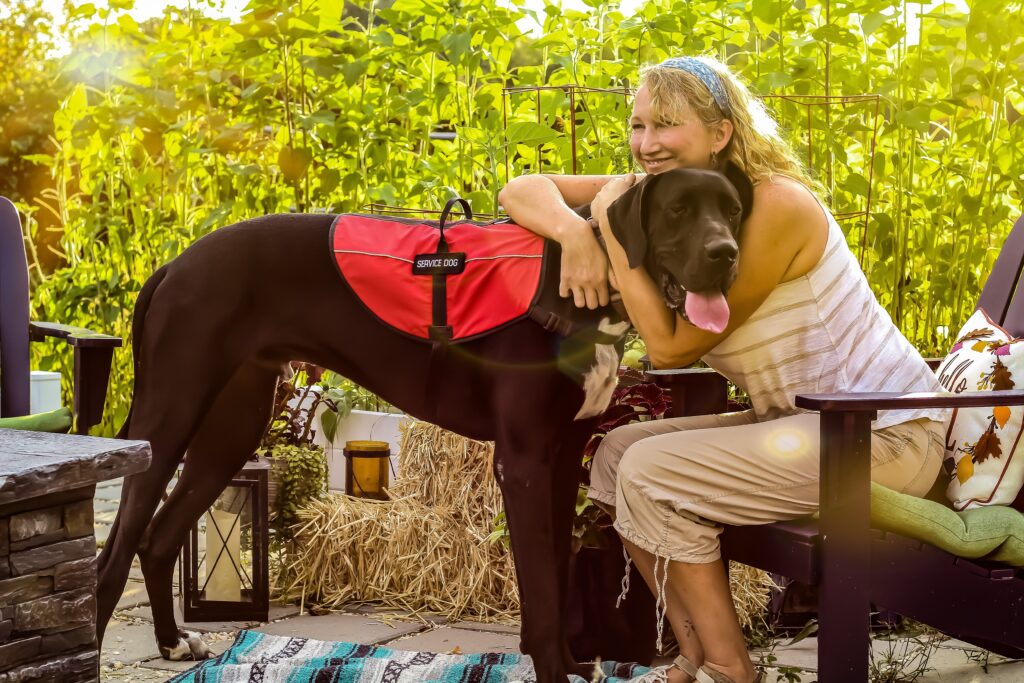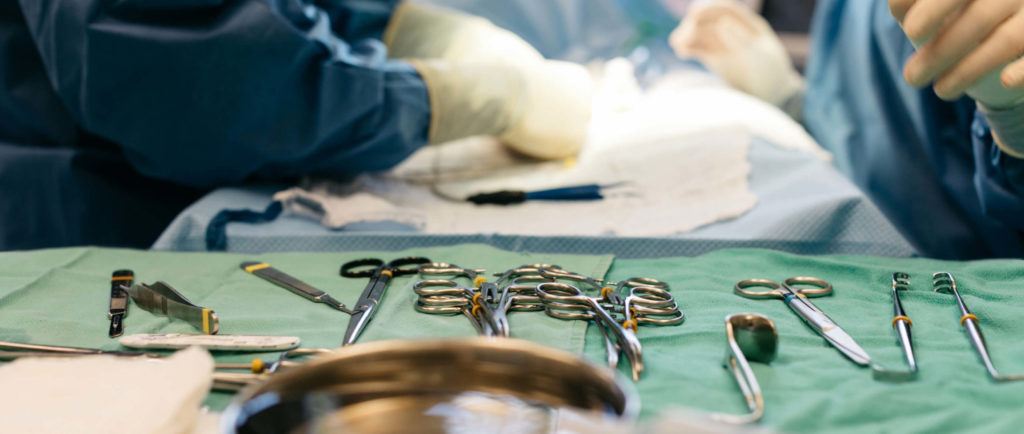
After a large, heavy meal, you may feel bloated and ready for a nap. When your dog is affected by bloat, the situation can be very different. Gastric dilatation volvulus (GDV), more commonly known as bloat, is a life-threatening condition that requires emergency veterinary attention. If left untreated GDV is often fatal. If you suspect your dog is suffering from GDV, our experienced emergency veterinarians at Avets are available 24 hours per day, seven days a week, to provide acute care and emergency surgery.
What is gastric dilatation volvulus in dogs?
GDV occurs in dogs when the stomach twists on itself, allowing gas and fluid to build up and cause distention (i.e., bloating or swelling in the belly area). Excessive pressure in the stomach can lead to decreased blood return from the abdomen to the heart, blockage of blood flow to the stomach lining, stomach rupture, and obstruction of lung movement. As the stomach dilates, rotation can occur in the abdomen, compromising the blood supply to the spleen and pancreas. Shock sets in as the blood flow throughout your dog’s body decreases.
Is my dog at risk for gastric dilatation volvulus?
The actual cause of GDV is not well understood. GDV affects all breeds, but the condition is more commonly seen in giant- and large-breed dogs with deep chests, such as Great Danes, Saint Bernards, Doberman pinschers, and weimaraners. Males are twice as likely to bloat as females. The condition seems genetic, and affected animals should not be bred. Other factors that increase a dog’s risk of GDV development include stress, eating too fast, hyperactivity, receiving only one meal a day, and ingesting foreign material. Also, dogs fed diets containing oils or fats in the first four ingredients are four times as likely to be affected by GDV.
What are the signs of gastric dilatation volvulus in dogs?
The classic signs of GDV include non-productive retching (i.e., trying to vomit), and distention of the abdomen. In the initial GDV stages, dogs will exhibit signs of generalized abdominal pain, including looking at their abdomen anxiously, stretching, drooling, and unproductive retching. As the condition progresses, their abdomen will become distended, their heart and respiratory rates will increase, and they may become weak or collapse. Your dog can go into shock in less than two hours from the onset of symptoms. Without prompt veterinary intervention, damage to the stomach and vital organs, abnormal heart rhythms, serious infection, and death can occur. If your dog is displaying any suspicious signs, take them to your family veterinarian immediately, or to the Avets emergency service immediately for evaluation.
How is gastric dilatation volvulus in dogs diagnosed?
A GDV diagnosis will be suspected based on a dog’s history and their symptoms. Abdominal X-rays can definitively diagnose the condition. Bloodwork and urinalysis are useful to determine disease progression, and an electrocardiogram may be necessary to check for a cardiac arrhythmia.
How is gastric dilatation volvulus in dogs treated?
A dog suffering from GDV will first need stabilization through the administration of intravenous fluids and pain medications. The stomach is often decompressed by passing a catheter into the stomach through the side of the abdomen, or by passing a large tube into the stomach through the mouth. This can help to relieve the pressure build-up in the abdomen to stabilize a dog with GDV.
General anesthesia is dangerous for a dog in an unstable condition. An experienced veterinary team will assess the patient’s status and proceed with surgery only when the dog is as stable as possible for the procedure. During surgery, the stomach is returned to the proper location, and all abdominal organs are evaluated for signs of damage. Lack of blood flow can damage certain organs, requiring removal of the spleen or part of the stomach. A gastropexy is performed before the surgery is complete to permanently affix the stomach to the abdominal wall in the correct position. This will help prevent another episode of GDV in the future.

After surgery, dogs are usually hospitalized for several days, to provide supportive care and monitor for abnormal heart rhythms and other complications. Their activity level should be restricted for at least a few weeks to allow the incision to heal. Ensure your dog is calm during mealtimes, and use a slow-feeder bowl to prevent them from eating too fast.
How is gastric dilatation volvulus in dogs prevented?
While no definitive measures exist to completely eliminate the risk for GDV, a prophylactic gastropexy can be performed on high-risk dogs. This is a surgical procedure where the stomach is tacked to the body wall to prevent it from twisting. This procedure can often be done when a dog is spayed or neutered, or when another abdominal surgery is performed.
Laparoscopic-assisted gastropexy is a minimally invasive method for the procedure. You can talk to your family veterinarian or a board-certified surgeon at Avets to see if this procedure should be performed on your dog.
Gastric dilatation volvulus is a life-threatening condition, but a team of emergency and surgery specialists working together can ensure your dog receives the care they deserve. With quick intervention by a veterinary team, about 90% of dogs can successfully recover from this condition. If your dog is exhibiting GDV signs, immediately contact the emergency department at Avets.